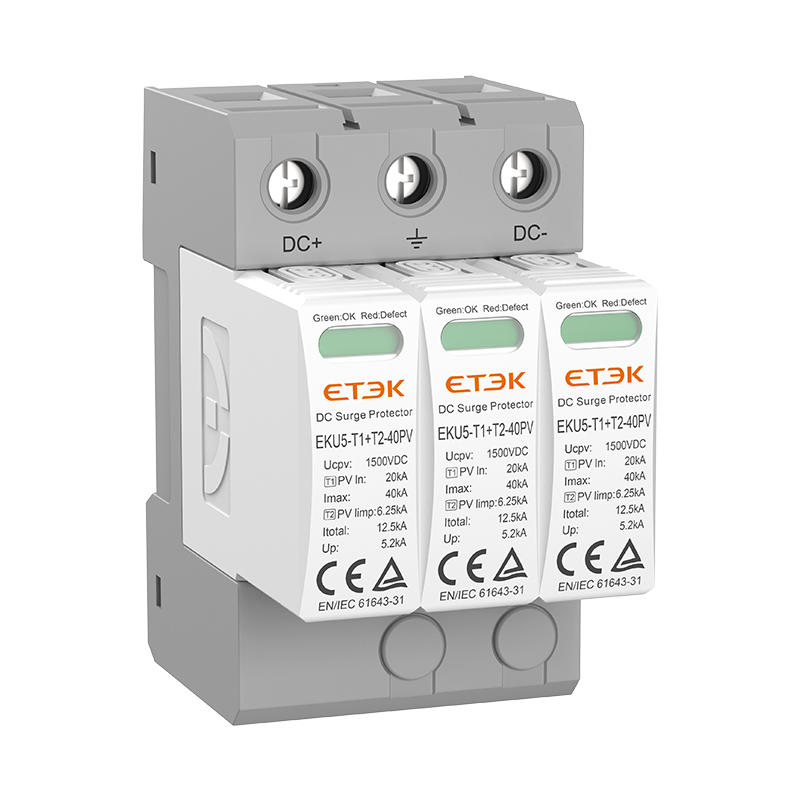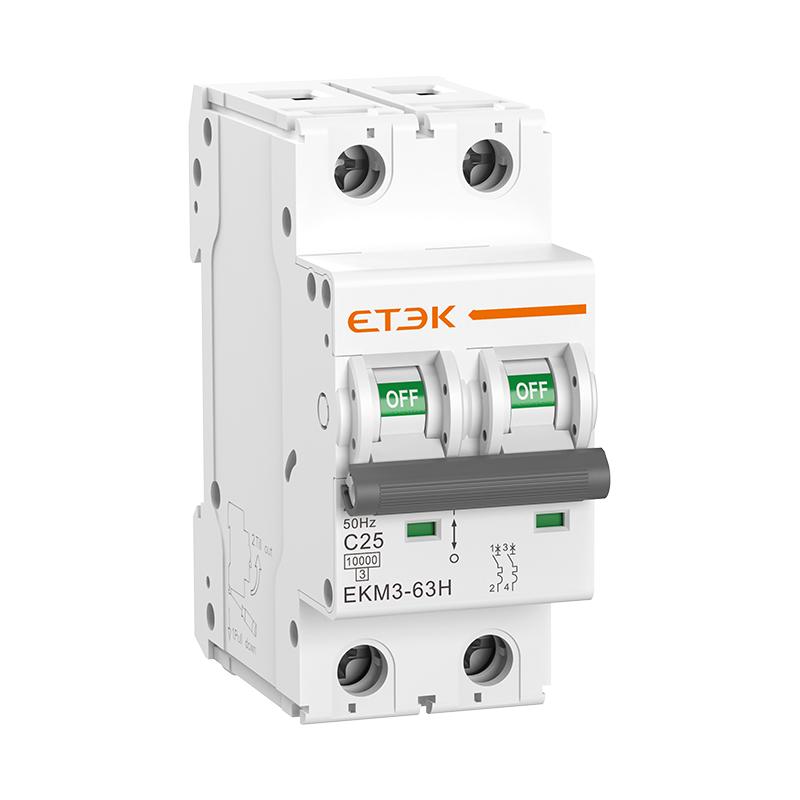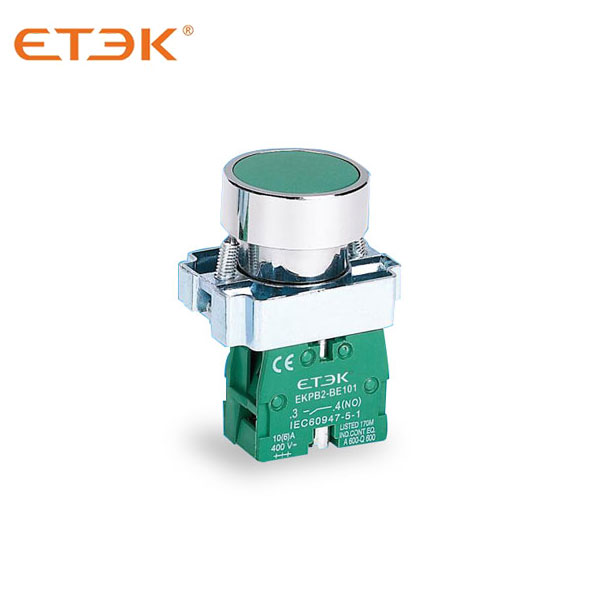What are the Main Features of MCCB?
MCCB (Molded Case Circuit Breaker) has several key features, including molded case, overload and short-circuit protection, etc., making MCCB a popular choice for electrical protection.
Here are some of the key features of MCCB:
1. Plastic shell
The MCCB is housed in a plastic case that provides insulation and protection to the internal components. The molded case is usually made of durable and flame-retardant materials, ensuring the safety and reliability of the circuit breaker.
2. Adjustable current rating
MCCBs are available in a wide range of current ratings, giving flexibility in selecting the right circuit breaker for different applications. The current rating determines the maximum current that the MCCB can withstand without tripping.
3. Overload and short circuit protection
MCCB provides overload and short circuit protection. They are designed to detect and interrupt excessive currents caused by overloads or short circuits, preventing damage to circuits and equipment.
4. Trip mechanism
MCCB uses a combination of thermal and magnetic trip mechanisms to detect abnormal conditions. Thermal trip mechanisms respond to sustained overcurrent, while magnetic trip mechanisms react quickly to short circuits or high fault currents.
5. Trip indication
MCCBs often have a trip indication feature that provides visual or remote indication when the circuit breaker has tripped. This helps determine the cause of the trip and aids in troubleshooting.
6. Manual and automatic operation
Molded case circuit breakers can be manually operated via their operating handles or levers. They allow manual on/off control as well as reset after tripping. Some MCCBs also support automatic operation via electric mechanisms or remote control systems.
7. Selectivity and coordination
MCCBs are designed for selectivity and coordination with other protective devices in the electrical system. This ensures that only the equipment closest to the fault is operational, minimizing downtime and disruption in the event of an electrical fault.
8. Accessories and auxiliary contacts
MCCBs usually have various accessories available such as auxiliary contacts, shunt releases, undervoltage releases, etc. These accessories provide additional functionality and integration with the control system.
9. Environmental protection
MCCBs designed for specific applications (such as marine or hazardous environments) may have additional features to protect against corrosion, moisture, dust, or explosive environments.
Summarize
MCCB's safety, flexibility and ease of operation make MCCB a versatile and reliable choice for electrical protection in a variety of applications.
Specific features may vary depending on the make and model of MCCB.





.jpg)





